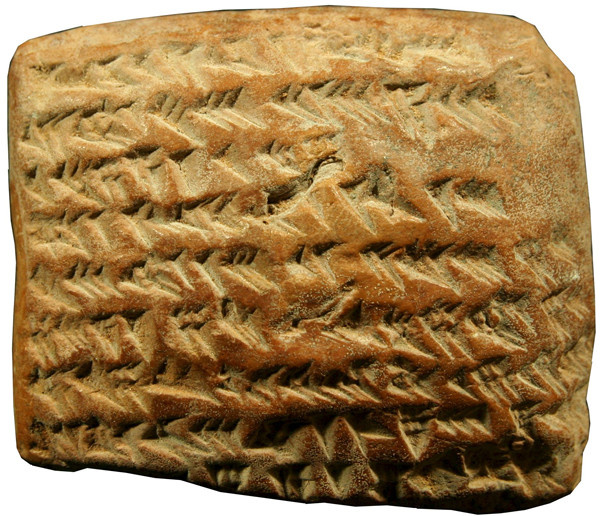Knowing all the angles: Ancient Babylonians used tricky geometry
(Agencies) Updated: 2016-01-29 09:20
 |
|
A clay tablet dating from 350 to 50 BC is seen in an undated handout picture released by the Trustees of the British Museum and Mathieu Ossendrijver. [Photo/Agencies] |
WASHINGTON - Ancient Babylonian astronomers were way ahead of their time, using sophisticated geometric techniques that until now had been considered an achievement of medieval European scholars.
That is the finding of a study published on Thursday that analyzed four clay tablets dating from 350 to 50 BC featuring the wedge-shaped ancient Babylonian cuneiform script describing how to track the planet Jupiter's path across the sky.
"No one expected this," said Mathieu Ossendrijver, a professor of history of ancient science at Humboldt University in Berlin, noting that the methods delineated in the tablets were so advanced that they foreshadowed the development of calculus.
"This kind of understanding of the connection between velocity, time and distance was thought to have emerged only around 1350 AD," Ossendrijver added.
The methods were similar to those employed by 14th century scholars at University of Oxford's Merton College, he said.
Babylon was an important city in ancient Mesopotamia, located in Iraq about 60 miles (100 kilometers) south of Baghdad. Jupiter was associated with Marduk, the city's patron god.





